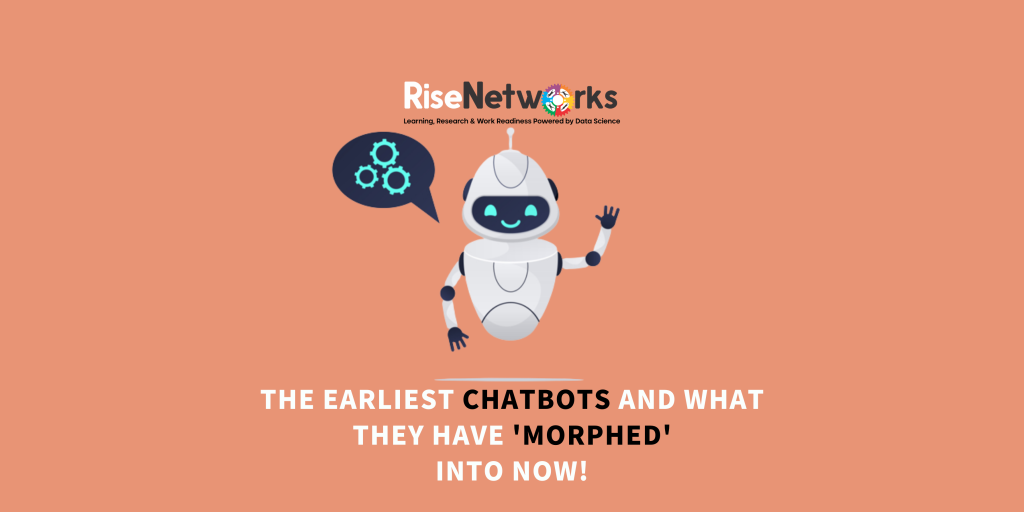Sci-fi movies have always piqued my interest as a kid. Remember Princess Leia’s distress message in the shape of a 3D hologram in Star Wars? Or the movie Thunderbirds’ video calling scene. J.A.R.V.I.S., an AI (Artificial Intelligence) from Iron Man, is by far one of my favourites, as it mirrors the modern-day innovation of chatbots. Many of these developments have been inspired by science fiction.
J.A.R.V.I.S. (Just A Rather Very Intelligent System) is an intelligent and self-aware bot created by Tony Stark that replies to Tony. It employed holograms as an interface to communicate with Tony and provide him with any information he requires. It was connected to worldwide information networks.
Mark Zuckerberg was inspired by this sci-fi AI character to construct his own version of J.A.R.V.I.S., a personal virtual assistant to help him manage his home.
In the shape of Siri and Google Assistant, Apple and Google constructed their own versions of J.A.R.V.I.S. for their consumers (which would have functionality like J.A.R.V.I.S. at a low dimension). Businesses use this technology to communicate with customers, respond to their questions, and maintain a high level of customer satisfaction.
Evolution of Chatbots
The name chatbot is steadily becoming a buzzword but it has exited surprising even before the internet. The first chatbot was developed by MIT Artificial Intelligence Laboratory by Joseph Weizenbaum in 1966 and was named Eliza.
Eliza analyzed the keywords provided as input before generating the output based on a set of criteria. A lot of chatbots continue to employ this way of generating output.
The next chatbot was Parry, which was created by Stanford University physician Kenneth Colby in an attempt to replicate a person suffering from paranoid schizophrenia. Then there was the A.L.I.C.E, which was created by Richard Wallace in 1995. Despite winning the Loebner prize three times, A.L.I.C.E failed the Turing test. A Turing test determines whether or not a machine can think intelligently in the same way that humans do.
Following that, a slew of virtual assistants hit the market. Apple was the first to introduce conversational assistants with Siri. The concepts gained traction, and Google quickly followed with the release of Google Assistant for Android. Microsoft followed in the footsteps of Siri and created Cortana.
Smart speakers were introduced to take this a step further, allowing people and bots to converse using voice. Amazon Alexa and Google Home belong to different conversational UI categories.
Chatbots in Africa.
Chatbot used and created by Africans have also been created and we at Rise Networks pride ourselves to have created the first chatbot in Africa that helps job seekers land great jobs to experience our job Chabot, simply click this link

